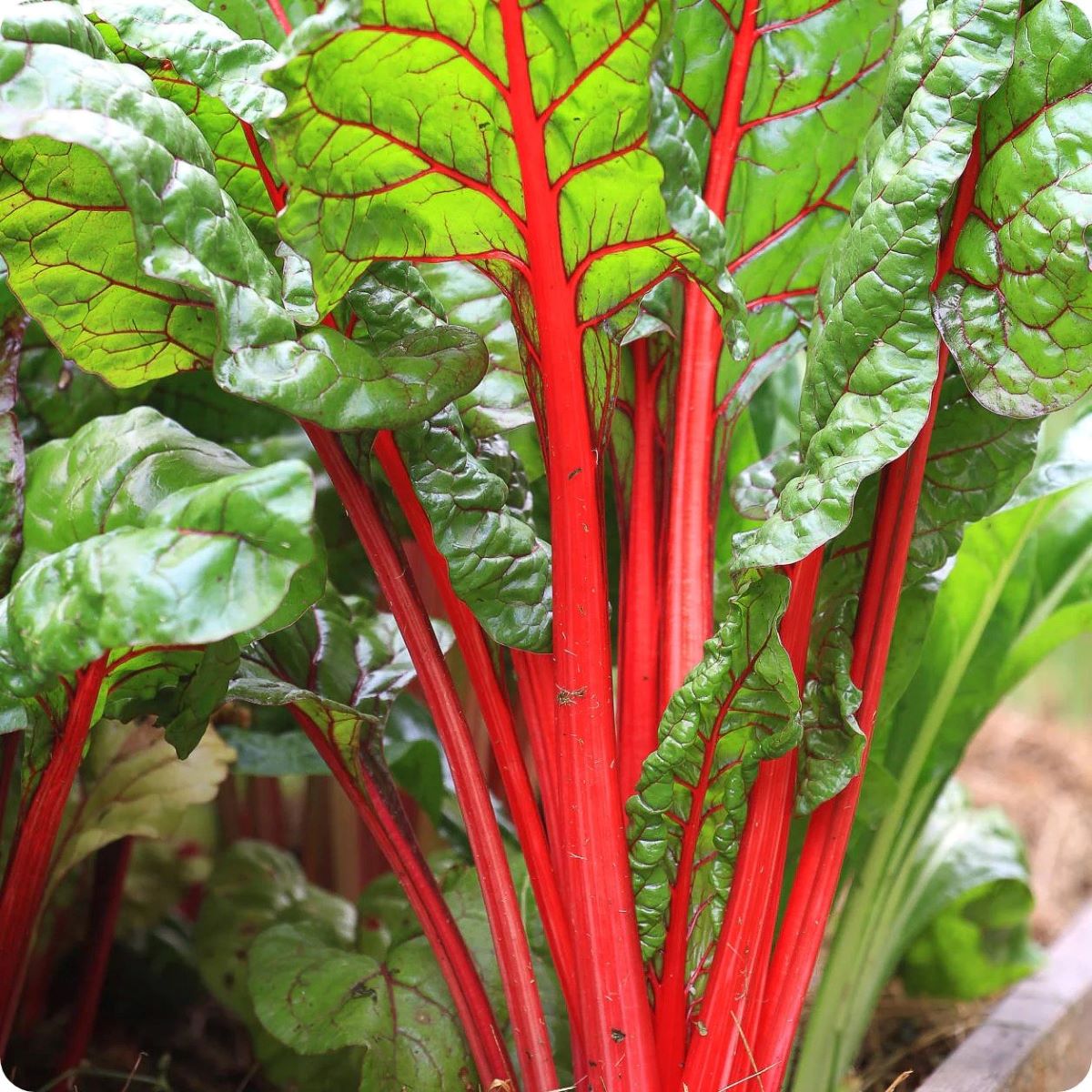

Articles
How To Store Red Chard
Modified: February 22, 2024
Learn the best ways to store red chard with these helpful articles. Keep your chard fresh and delicious longer with our tips and tricks.
(Many of the links in this article redirect to a specific reviewed product. Your purchase of these products through affiliate links helps to generate commission for Storables.com, at no extra cost. Learn more)
Introduction
Welcome to our guide on how to store red chard! If you’re a fan of this vibrant and nutrient-rich leafy green, you’ll know that storing it properly ensures its freshness and prolongs its shelf life. Whether you’ve just harvested red chard from your garden or bought a bunch from the farmer’s market, knowing how to store it correctly will help you enjoy its delicious flavor and health benefits for longer.
Red chard, also known as Swiss chard or silverbeet, is a cousin to spinach and is packed with vitamins A, C, and K, as well as minerals like iron and potassium. It has a slightly bitter taste, making it a versatile ingredient in salads, stir-fries, soups, and more. When stored properly, red chard can last for up to a week, allowing you to add this nutritious green to your meals throughout the week.
In this guide, we’ll take you through different methods of storing red chard to help you choose the one that suits your needs best. We’ll cover everything from harvesting and preparing your red chard to storing it in the refrigerator, freezing it, and even preserving it in jars. So, let’s dive in and learn how to store red chard effectively!
Key Takeaways:
- Store red chard in the refrigerator by wrapping it in damp paper towels and placing it in a sealed bag to keep it fresh for up to a week. Avoid storing it near ethylene-releasing fruits.
- Preserve red chard in jars by blanching the leaves, packing them in sterilized jars with a water-vinegar solution, and processing them in a boiling water bath for a shelf life of up to a year.
Read more: How To Store Chard
What is Red Chard?
Red chard, scientifically known as Beta vulgaris var. cicla, is a leafy green vegetable that belongs to the same family as beets and spinach. It is named after its vibrant red-colored stalks and veins, which contrast beautifully with its dark green leaves.
Red chard is not only visually stunning but also incredibly nutritious. It is a powerhouse of vitamins, minerals, and antioxidants. Just one cup of cooked red chard provides more than your daily requirement of vitamins A and K, as well as a significant amount of vitamin C. It is also a good source of magnesium, potassium, and iron.
In terms of flavor, red chard has a mild and slightly earthy taste, similar to spinach, but with a hint of tanginess. The leaves are tender and can be eaten raw or cooked, while the stalks have a crisp texture, making them a great addition to salads, stir-fries, and soups.
When selecting red chard, look for fresh, vibrant leaves with no signs of wilting or yellowing. The stalks should be firm and brightly colored. Avoid any bunches with slimy or brown spots, as this indicates spoilage. If you have the option, choose organic red chard to minimize exposure to pesticides and maximize the flavor and nutrient content.
Now that you know what red chard is and why it’s a nutritious and delicious addition to your diet, let’s move on to the proper methods of harvesting and preparing it for storage.
Harvesting Red Chard
Harvesting red chard is a simple process that ensures you pick the freshest leaves while promoting the growth of new ones. Here are some steps to follow when harvesting red chard:
- Choose the right time: Red chard can be harvested at any stage, but for the best flavor and tenderness, it’s recommended to harvest the leaves when they are young and tender, typically around 6 to 8 inches in length.
- Use a sharp knife or shears: To avoid damaging the plant, use a sharp knife or garden shears to cut the stalks about 1 inch above the soil level. Cutting above the soil level allows the plant to regenerate and produce new growth, ensuring a continuous supply of fresh leaves.
- Leave the inner leaves: When harvesting, it’s best to leave the inner leaves intact to encourage further growth. This way, the plant can continue to produce more leaves over time.
- Harvest on an as-needed basis: Red chard leaves are best consumed when fresh, so it’s recommended to harvest them as needed rather than harvesting all at once. This way, you can enjoy the maximum flavor and nutritional value.
Harvesting red chard from your own garden not only provides you with a fresh and sustainable food source but also allows you to have full control over the growing process. If you don’t have your own garden, you can also purchase fresh red chard from local farmers’ markets or grocery stores for immediate consumption or storing.
Now that you’ve learned how to harvest red chard, let’s move on to the next step: washing and preparing the leaves for storage.
Washing and Preparing Red Chard
Properly washing and preparing red chard is essential to remove any dirt, debris, or potential pests while maintaining its freshness. Follow these steps to ensure your red chard is clean and ready for storage:
- Separate the leaves and stalks: Start by separating the leaves from the stalks. The stalks can be used in recipes separately or together with the leaves, depending on your preference.
- Rinse under cold water: Rinse the red chard leaves and stalks thoroughly under cold running water. This helps remove any loose dirt and debris clinging to the surface.
- Inspect for pests: While rinsing, take the opportunity to inspect the leaves for any signs of pests. Look out for aphids, caterpillars, or other insects that may have taken up residence on the leaves. If you notice any pests, gently remove them or spray the leaves with water to dislodge them.
- Soak in a vinegar solution (optional): To further cleanse the red chard leaves, you can prepare a vinegar solution by mixing one part vinegar with three parts water. Soak the leaves and stalks in this solution for a few minutes, then rinse thoroughly with fresh water. This can help eliminate any bacteria or surface contaminants.
- Dry the leaves: After rinsing, gently pat the red chard leaves and stalks dry with a clean kitchen towel or paper towels. Remove any excess moisture to prevent wilting and decay during storage.
- Chop or leave whole (optional): Depending on your preference and how you plan to use the red chard, you can choose to chop the leaves and stalks into smaller pieces or leave them whole. Chopping the leaves can make them easier to handle, especially in dishes like stir-fries or soups.
Now that your red chard is washed and prepared, it’s time to consider the various methods of storing it to maintain its freshness and quality. In the next sections, we will explore storing red chard in the refrigerator, freezing it, and preserving it in jars.
Storing Red Chard in the Refrigerator
Storing red chard in the refrigerator is the most common and convenient method to keep it fresh for an extended period. Here’s how you can do it:
- Remove any excess moisture: Before storing, make sure the red chard leaves and stalks are dry. Excess moisture can lead to wilting and spoilage.
- Wrap in damp paper towels: Take a few damp paper towels and wrap them around the red chard leaves and stalks. The moisture from the paper towels helps maintain the crispness and freshness of the greens.
- Place in a plastic bag or airtight container: Transfer the wrapped red chard into a plastic bag or an airtight container. This additional layer of protection helps prevent the entry of moisture, which can cause the chard to spoil faster.
- Keep in the refrigerator’s crisper drawer: Store the bag or container in the crisper drawer of your refrigerator. The cool temperature and high humidity of the drawer provide an optimal environment for preserving the red chard’s freshness. It’s important to keep the red chard away from fruits like apples or bananas, as they release ethylene gas, which accelerates the ripening process and can cause the chard to wilt faster.
- Check and use within a week: Periodically check the red chard for any signs of wilting or decay. Use the stored red chard within a week for the best flavor and quality.
By following these steps, you can ensure that your red chard stays crisp and fresh in the refrigerator, allowing you to enjoy it in various culinary preparations.
Next, let’s explore the option of freezing red chard as a way to preserve it for a longer duration.
Store red chard in a plastic bag in the refrigerator crisper drawer. Make sure to remove any excess moisture and it will stay fresh for up to 5 days.
Read more: How To Store Swiss Chard
Freezing Red Chard
Freezing red chard is an excellent option if you have an abundance of fresh leaves and want to preserve them for an extended period. Here’s how you can freeze red chard:
- Blanch the red chard: Start by blanching the red chard leaves. Blanching helps retain the color, texture, and nutrients of the chard while also killing any enzymes that can cause it to deteriorate during freezing. To blanch, bring a pot of water to a boil and immerse the red chard leaves in the boiling water for 2 minutes. Then, promptly transfer them to an ice bath to cool and stop the cooking process.
- Drain and squeeze out excess moisture: After cooling, remove the red chard leaves from the ice bath and allow them to drain. Gently squeeze out any excess moisture from the leaves to prevent ice crystals from forming during freezing.
- Package and seal: Divide the blanched and drained red chard leaves into portion sizes that you’re most likely to use in one go. Place the portions in freezer-safe bags or airtight containers, ensuring to remove as much air as possible before sealing to prevent freezer burn.
- Label and date: Don’t forget to label the freezer bags or containers with the name and date of freezing. This helps you keep track of the storage duration and ensures you use the oldest chard first.
- Place in the freezer: Transfer the packaged red chard portions to the freezer, placing them in a flat position to maximize space and allow for easy stacking.
Frozen red chard can be stored in the freezer for up to 6 months. However, for the best flavor and quality, it is recommended to use it within 3 to 4 months.
When you’re ready to use the frozen chard, there’s no need to thaw it beforehand. You can directly add it to your soups, stews, stir-fries, or other cooked dishes. The texture may be slightly softer compared to fresh chard, but the flavor and nutritional value remain intact.
Now that you know how to freeze red chard, let’s explore another method of preserving it: storing red chard in jars.
Preserving Red Chard in Jars
If you’re looking for a more traditional and long-lasting method of preserving red chard, storing it in jars is a great option. Here’s how you can do it:
- Prepare the red chard: Start by washing and preparing the red chard leaves as mentioned earlier. Remove any excess moisture by gently patting them dry with a clean towel.
- Blanch the red chard: Blanch the red chard leaves by briefly immersing them in boiling water for about 2 minutes and then transferring them into an ice bath to cool. This step helps maintain the color and texture of the leaves.
- Pack the jars: Take sterilized jars and pack the blanched red chard leaves tightly into them. You can cut the leaves into smaller pieces if desired, but make sure not to overstuff the jars.
- Add liquid and seasonings: Pour a solution of water and vinegar (equal parts) into each jar, making sure to cover the red chard leaves completely. You can also add salt, garlic, or other herbs and spices to enhance the flavor if desired.
- Seal the jars: Using sterilized lids and bands, seal the jars tightly. Make sure the lids are securely fastened to prevent any air or bacteria from entering the jars.
- Process the jars: Place the sealed jars in a pot of boiling water, ensuring that the water level is at least an inch above the jars. Process the jars in the boiling water bath for the recommended time based on your altitude and jar size. This helps create a vacuum seal and prevents spoilage. After processing, carefully remove the jars from the water bath and let them cool completely.
- Store in a cool, dark place: Once the jars are cooled, check the seals to ensure they are firm and not bulging. Store the jars in a cool, dark place, such as a pantry or cellar. Properly stored, the red chard can last for up to a year.
Preserving red chard in jars not only allows you to enjoy its flavors during the off-season but also adds a delightful touch to your pantry shelves. When ready to use, simply open a jar, remove the desired amount of chard, and cook it according to your recipe.
Now that you have learned how to preserve red chard in jars, let’s explore a few other ways to store red chard that don’t require any special equipment.
Other Ways to Store Red Chard
Aside from refrigerating, freezing, and preserving red chard in jars, there are a couple of other methods you can try to store this leafy green:
- Wrap in damp cloth or plastic wrap: After washing and drying the red chard leaves, you can wrap them in a damp cloth or paper towel. This helps maintain the moisture content of the leaves and prevents them from wilting. Secure the wrapped leaves with a loose plastic wrap or place them in a plastic bag before storing them in the refrigerator.
- Store in a container with water: Another way to keep red chard fresh is by placing the bunch in a container with a small amount of water. The cut ends of the stalks should be immersed in the water, while the leaves are loosely covered with a plastic bag. Change the water every couple of days to ensure freshness.
- Dehydrate red chard: If you have a food dehydrator, you can dehydrate red chard for long-term storage. After washing and drying the leaves, arrange them on the dehydrator trays and set the temperature to the recommended level. Once fully dehydrated, store the dried red chard in an airtight container in a cool, dark place. You can rehydrate the leaves by soaking them in water before use.
While these methods may not keep red chard as fresh as refrigerating or freezing, they can help extend the storage life for a few days. It’s important to note that the longer you store red chard, the more its texture and flavor may deteriorate.
Remember to regularly check your stored red chard for any signs of spoilage such as discoloration, sliminess, or a foul odor. If you notice any of these signs, it’s best to discard the red chard to prevent consuming spoiled food.
Now that you’re aware of various methods to store red chard, choose the one that best suits your needs and enjoy the freshness and flavor of this nutrient-rich leafy green for an extended period.
You have now learned how to store red chard using different methods, ensuring its longevity and freshness. With these techniques, you can say goodbye to wasted produce and enjoy the vibrant flavors and health benefits of red chard for longer periods. Whether you choose to refrigerate, freeze, preserve in jars, or use other storage methods, you can confidently incorporate red chard into your recipes and meals whenever you desire. So, start experimenting with these storage techniques and make the most of this nutritious and versatile leafy green.
Happy storing and cooking!
Conclusion
Storing red chard properly is essential to maintain its freshness, flavor, and nutritional value. Whether you’ve harvested red chard from your own garden or purchased a bunch from the store, knowing how to store it correctly can extend its shelf life and allow you to enjoy its vibrant colors and health benefits for longer periods.
In this comprehensive guide, we’ve explored various methods of storing red chard, including refrigerating, freezing, preserving in jars, and other alternative techniques. Each method has its advantages, and the choice depends on your needs and available resources.
Refrigeration is the most common and convenient method for short-term storage. By wrapping red chard in damp paper towels and placing it in a sealed bag or container in the refrigerator’s crisper drawer, you can keep it fresh for up to a week.
Freezing red chard is a great option when you have an abundant supply and want to preserve it for a longer duration. Blanching the leaves before packaging and sealing them in freezer-safe bags or containers allows you to enjoy red chard’s nutritional benefits even during its off-season.
If you prefer a more traditional approach, preserving red chard in jars can be a delightful addition to your pantry. After blanching and packing the leaves tightly in sterilized jars with a water-vinegar solution, you can process them in a boiling water bath. This method provides you with a longer shelf life of up to a year.
Additionally, we explored other storage methods, such as wrapping red chard in a damp cloth or plastic wrap or storing it in a container with water. These techniques help maintain the moisture content of the leaves and prevent wilting, extending the storage life for a few more days.
Remember to regularly check your stored red chard for any signs of spoilage and discard any affected portions to ensure food safety.
By following these storage methods, you can minimize food waste and maximize the usage of this nutritious leafy green. So, whether you’re adding red chard to salads, stir-fries, soups, or any other culinary delights, you can rest assured knowing that your storage techniques will help maintain its freshness and flavor.
Experiment with these methods to find the one that best suits your needs and enjoy the vibrant taste and health benefits of red chard for an extended period. Happy storing and cooking!
Frequently Asked Questions about How To Store Red Chard
Was this page helpful?
At Storables.com, we guarantee accurate and reliable information. Our content, validated by Expert Board Contributors, is crafted following stringent Editorial Policies. We're committed to providing you with well-researched, expert-backed insights for all your informational needs.
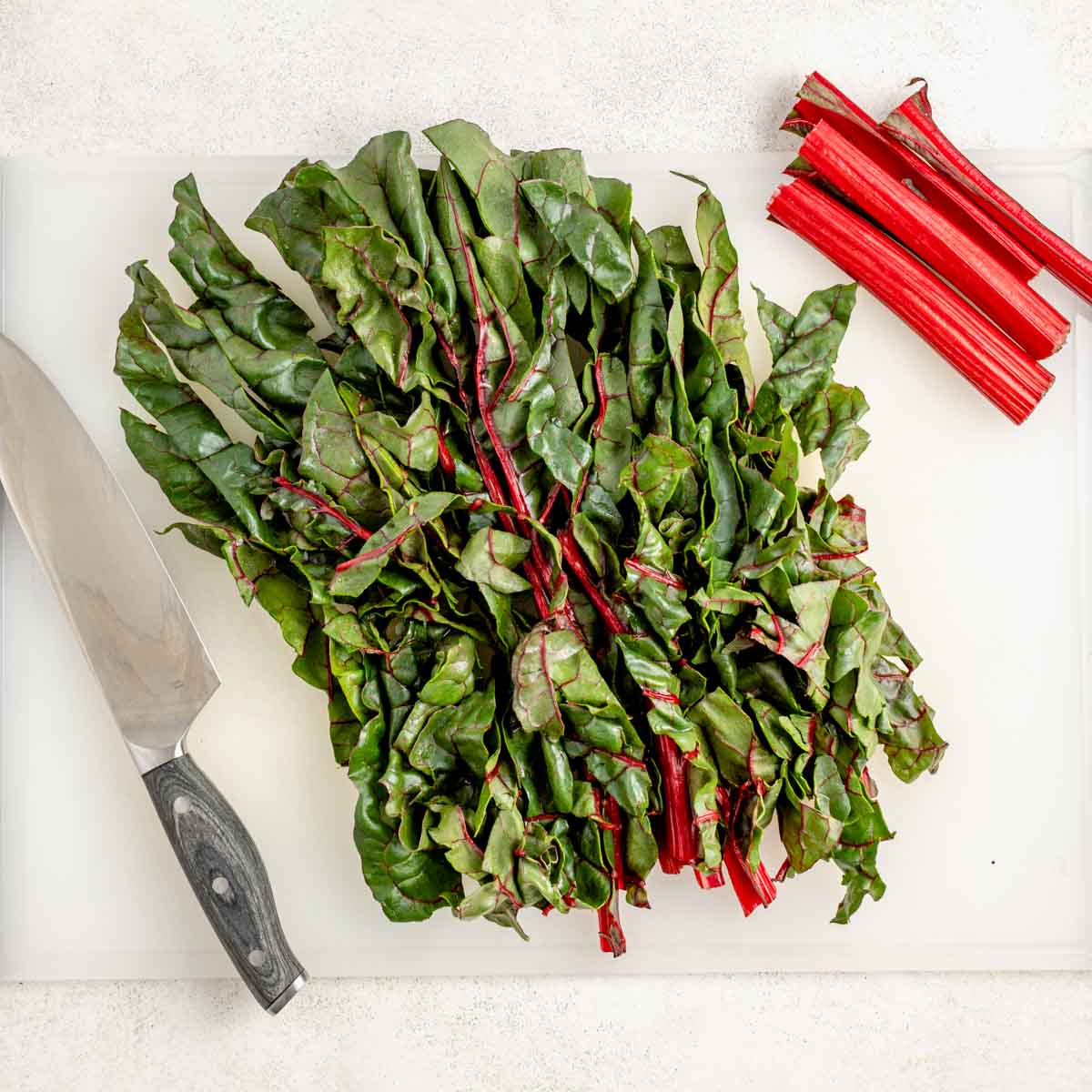
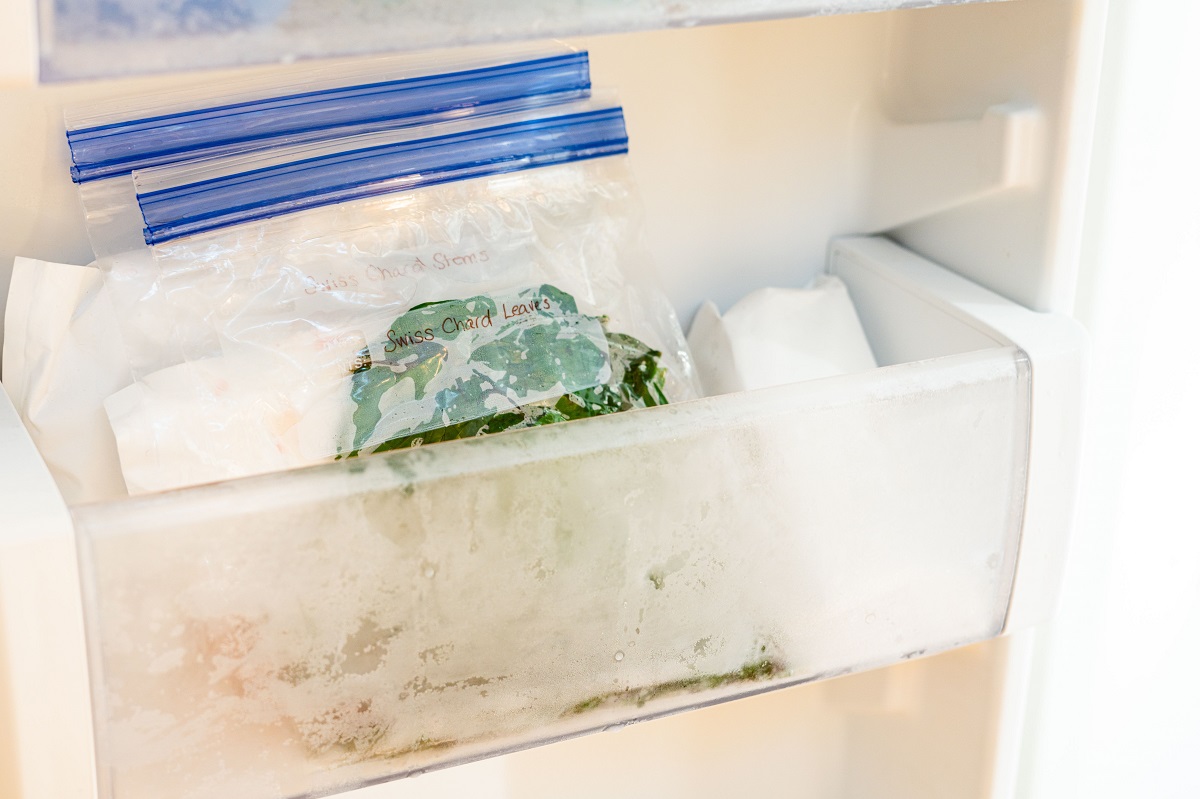
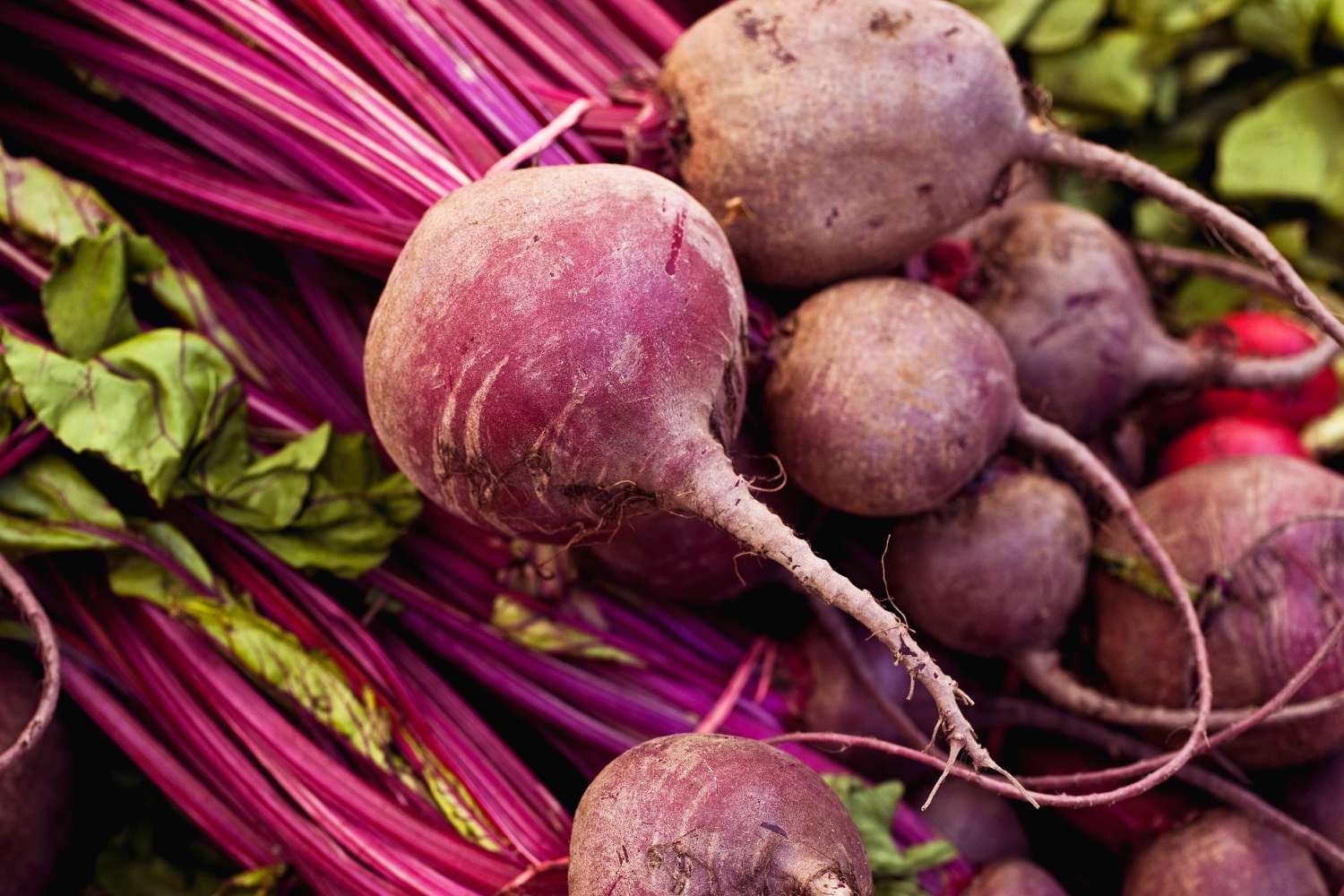
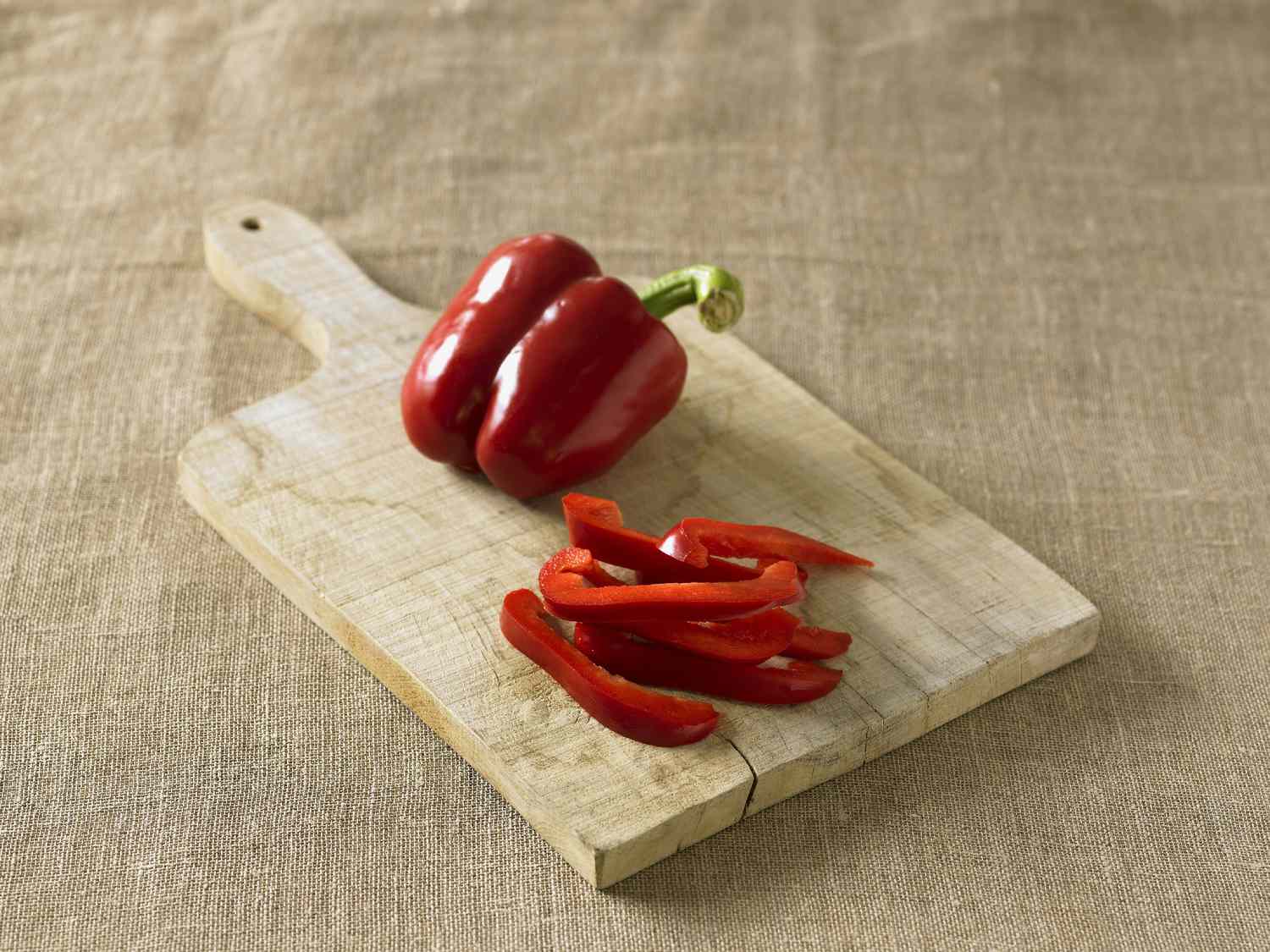

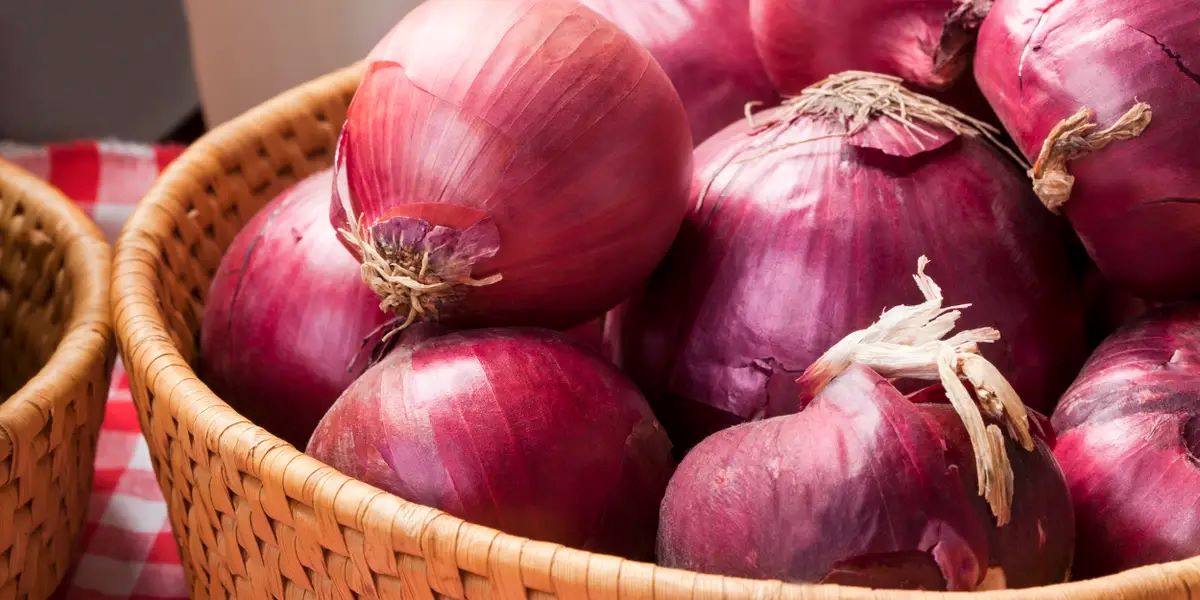
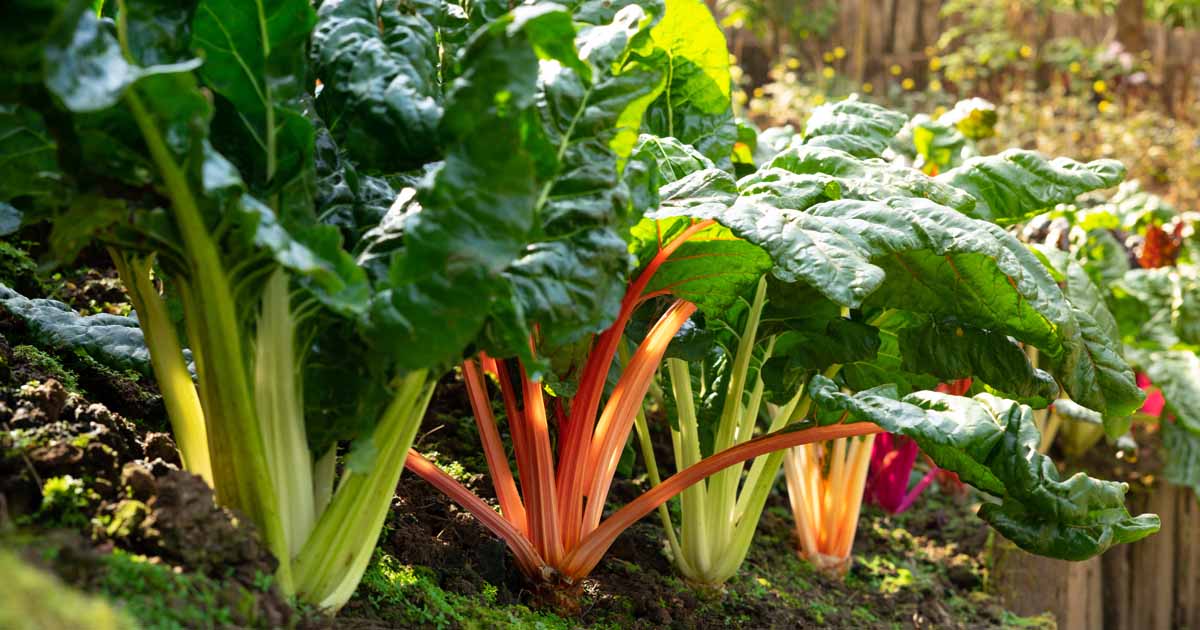
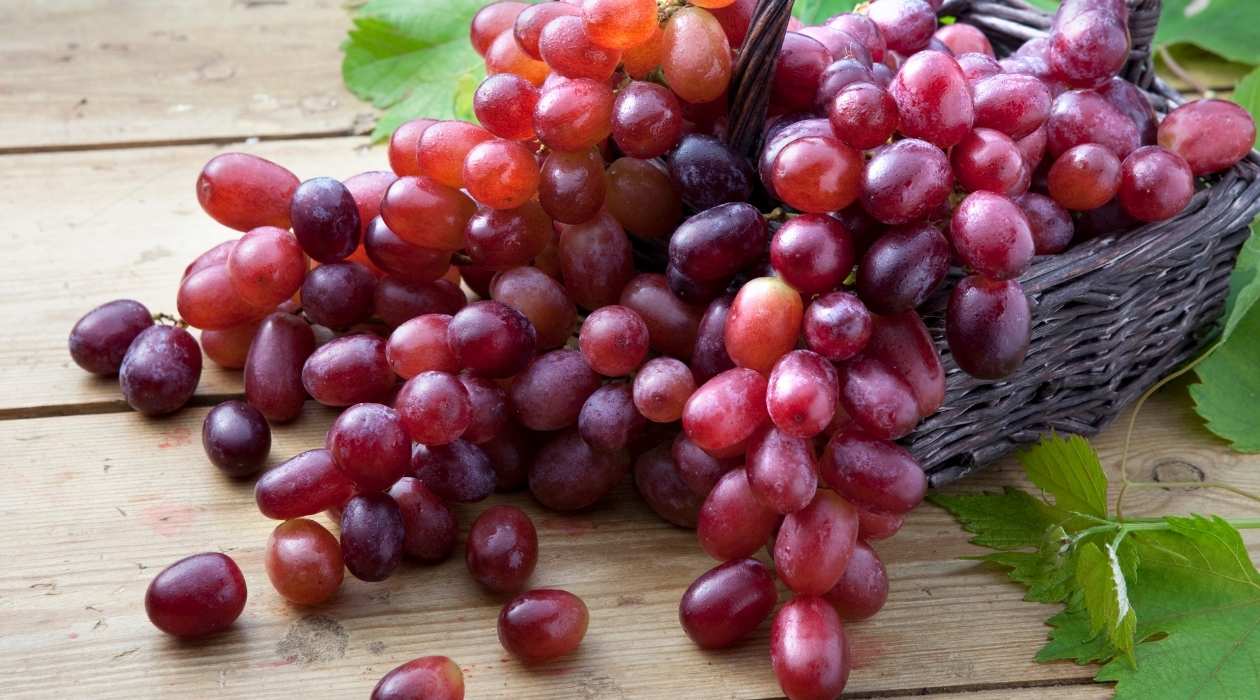
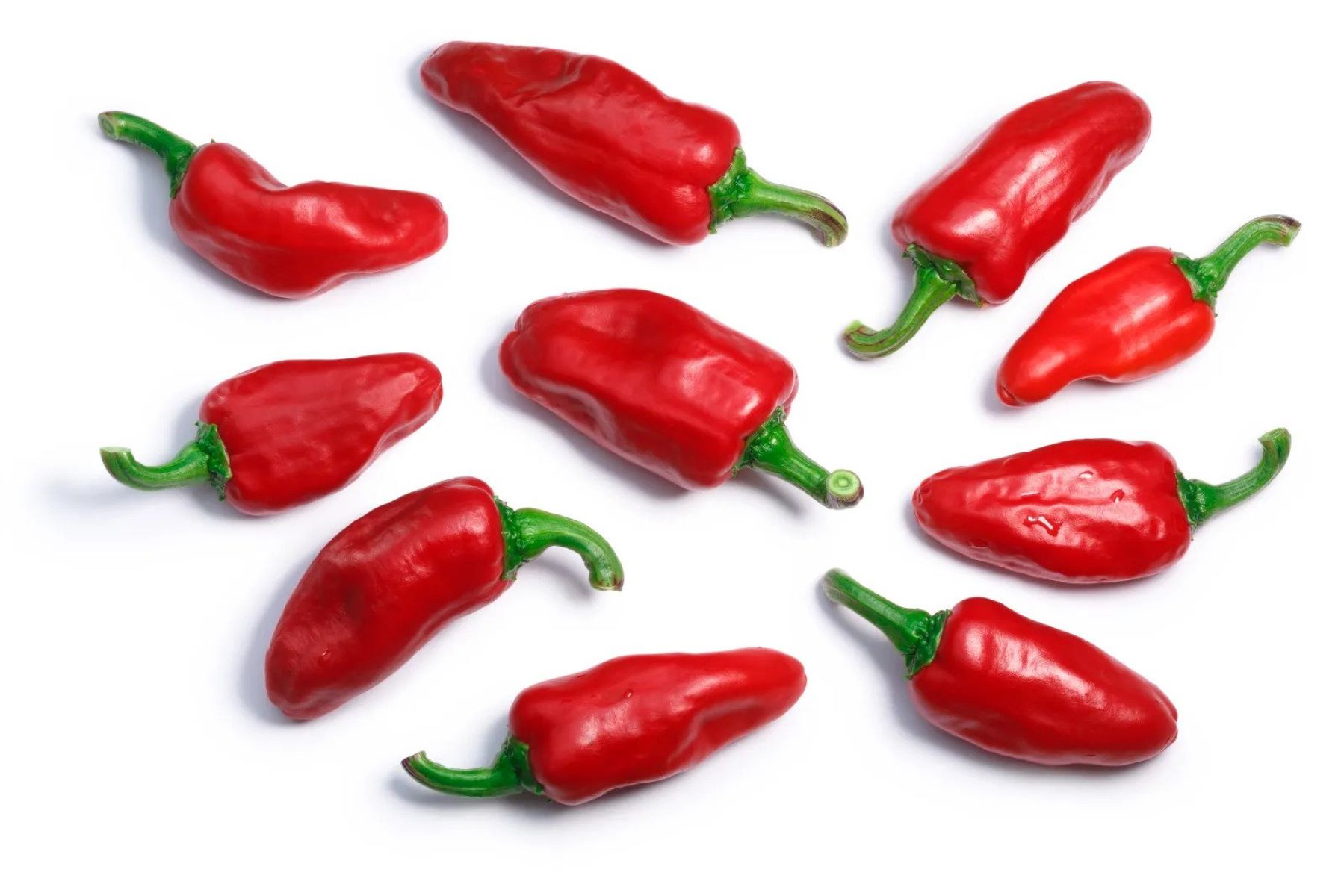
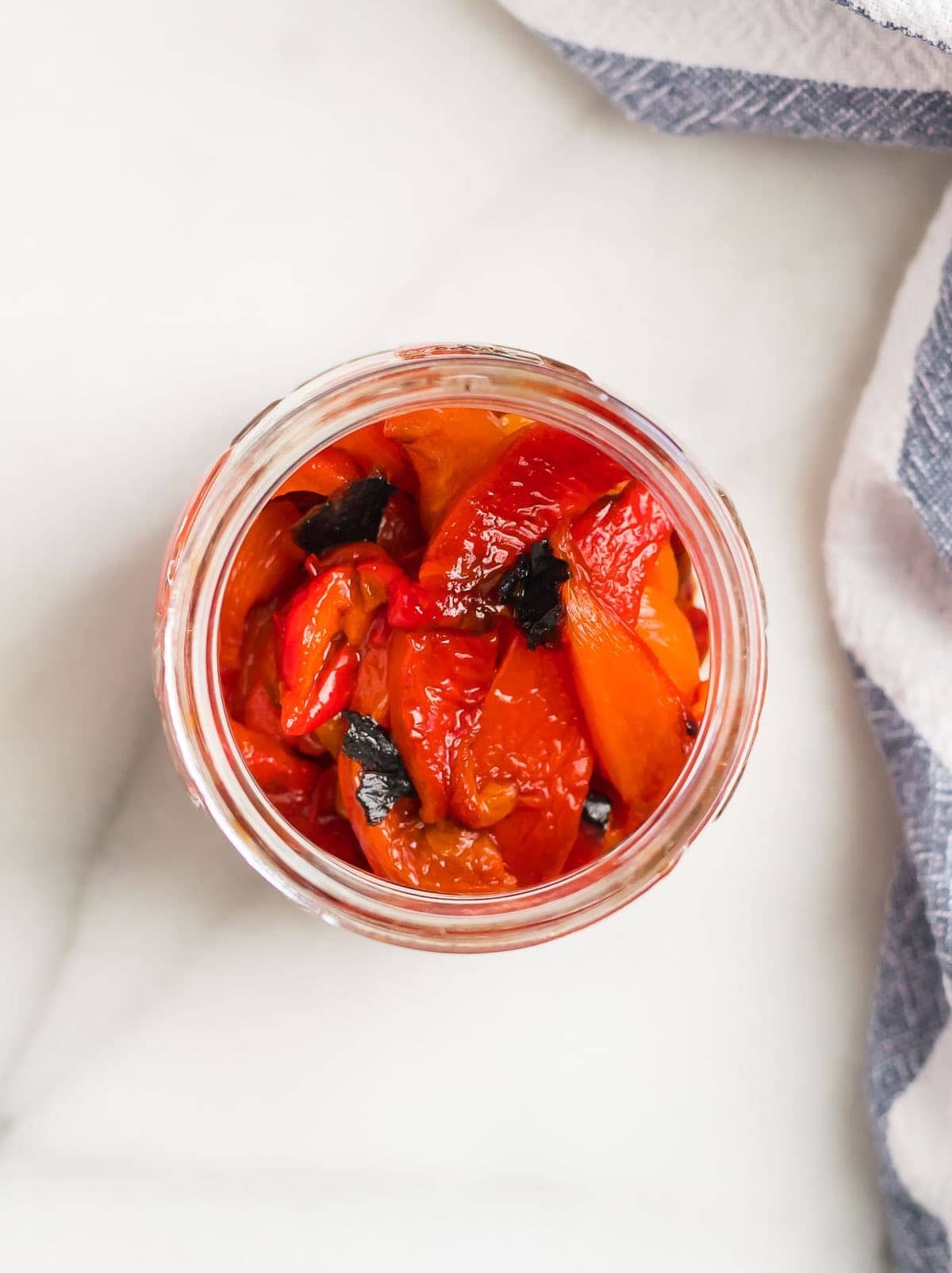
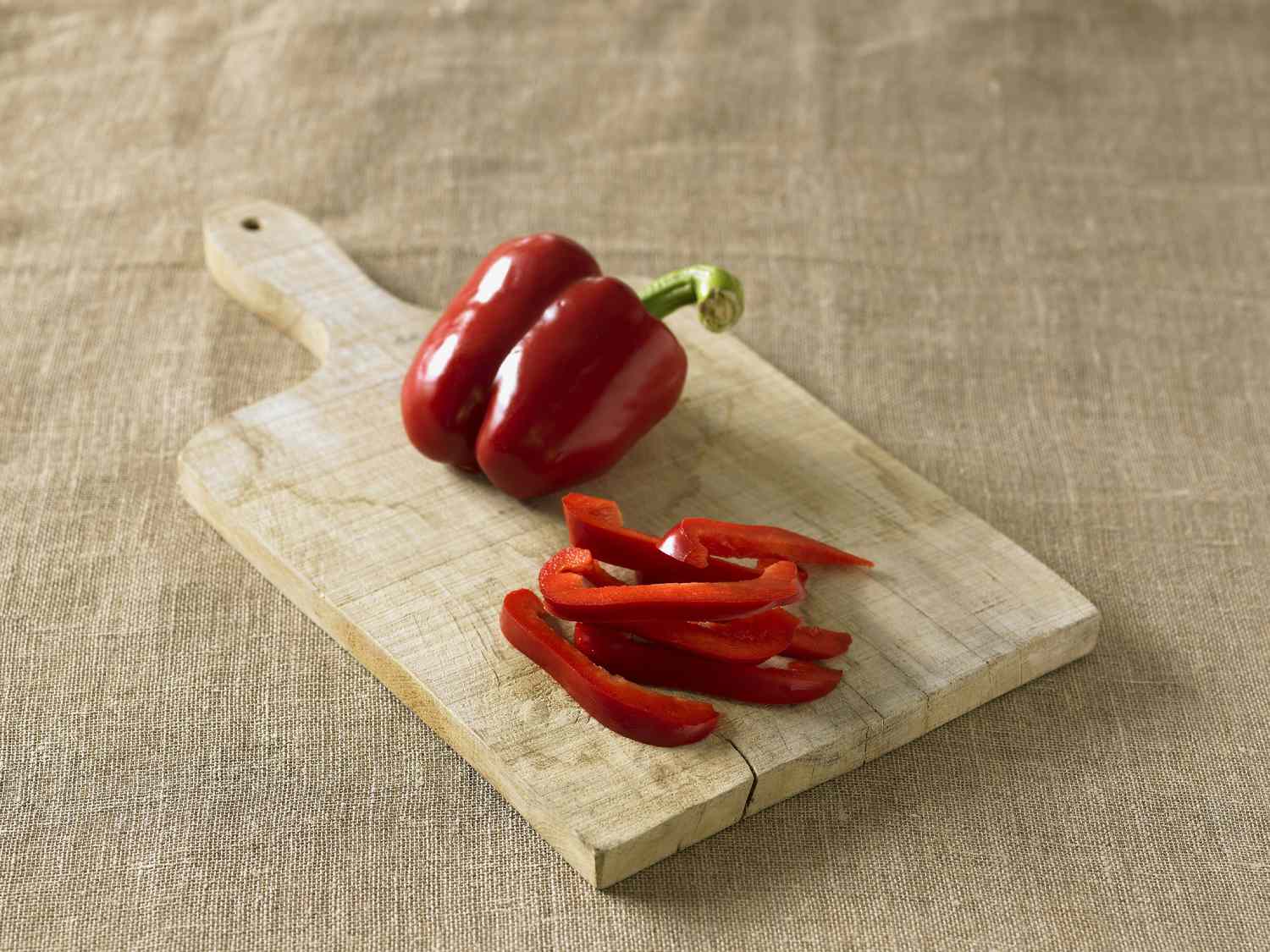

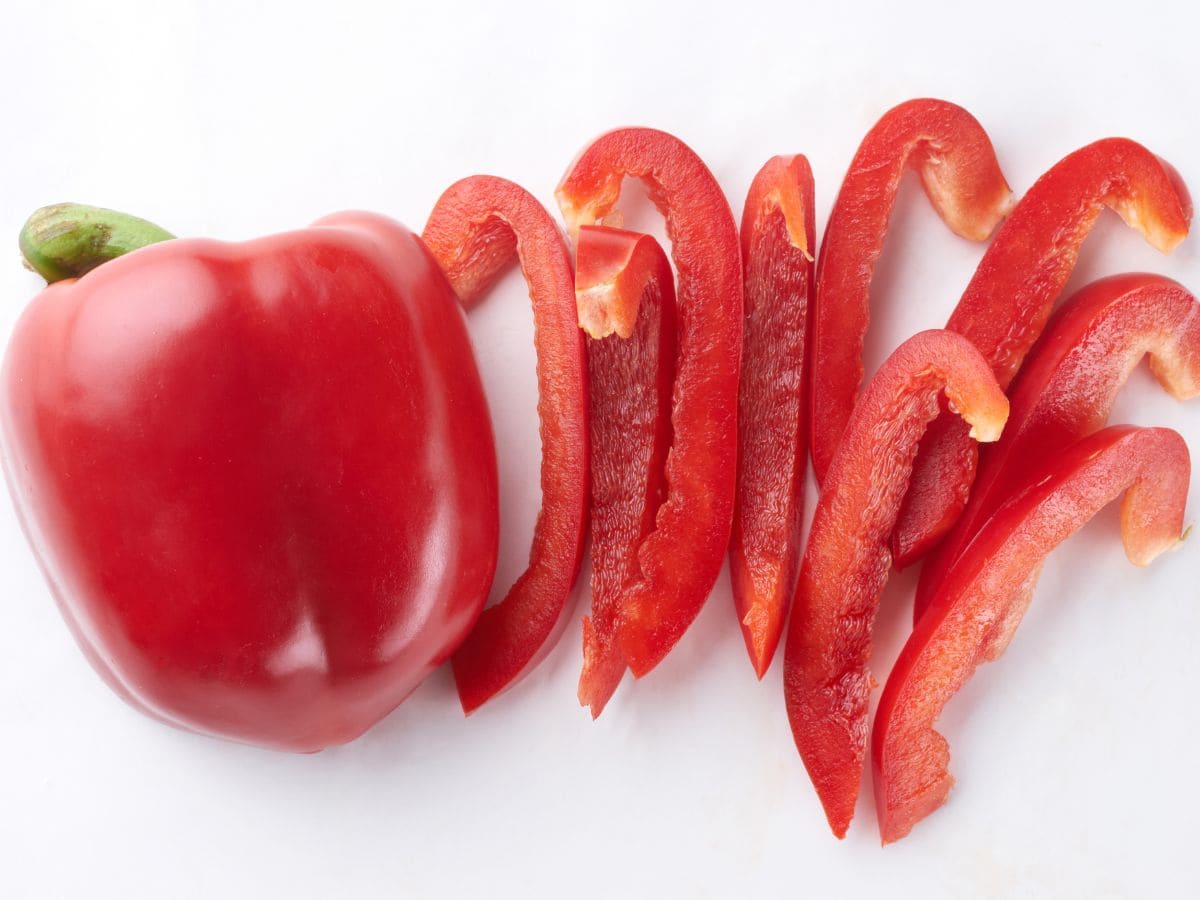
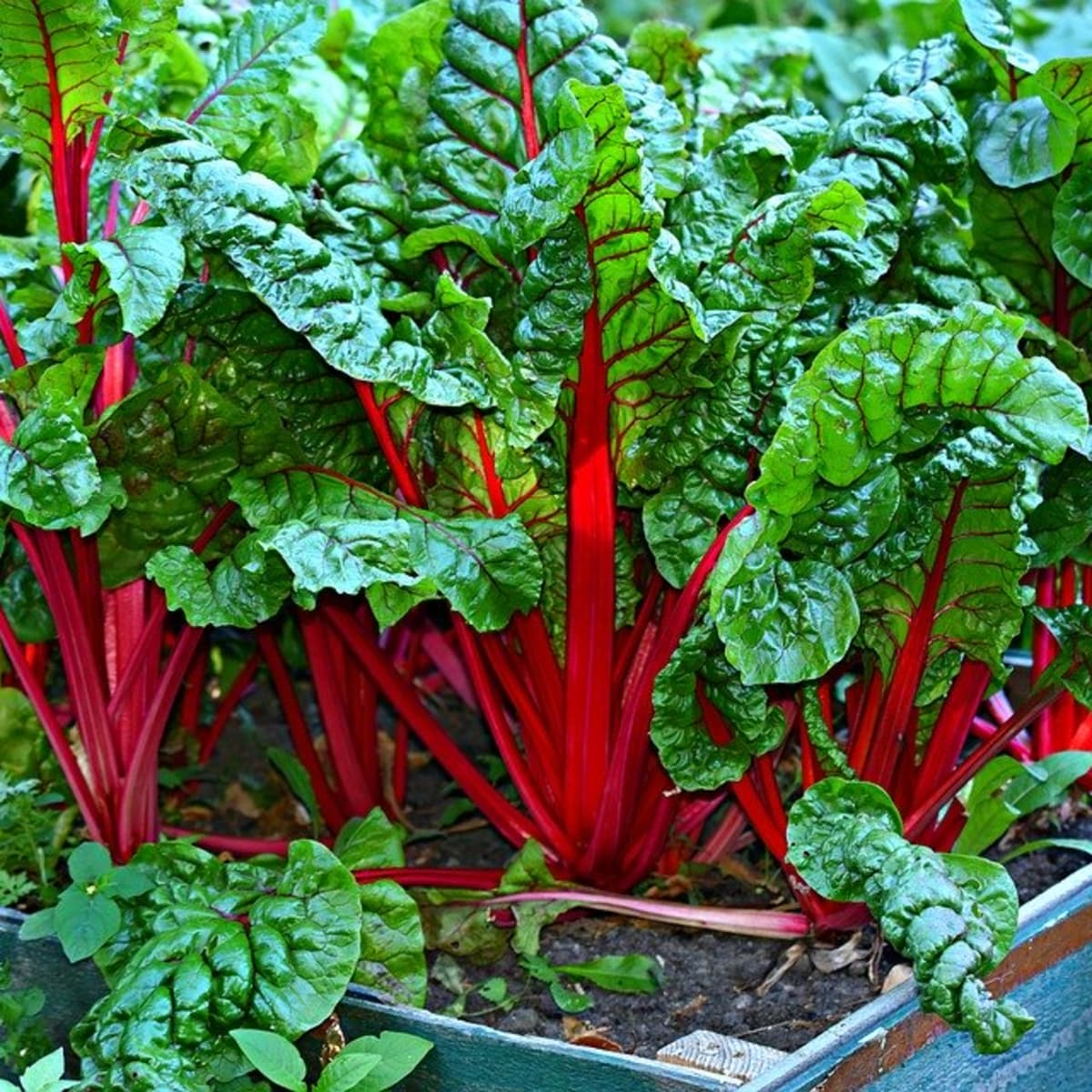

0 thoughts on “How To Store Red Chard”